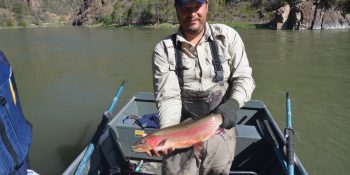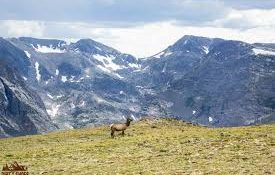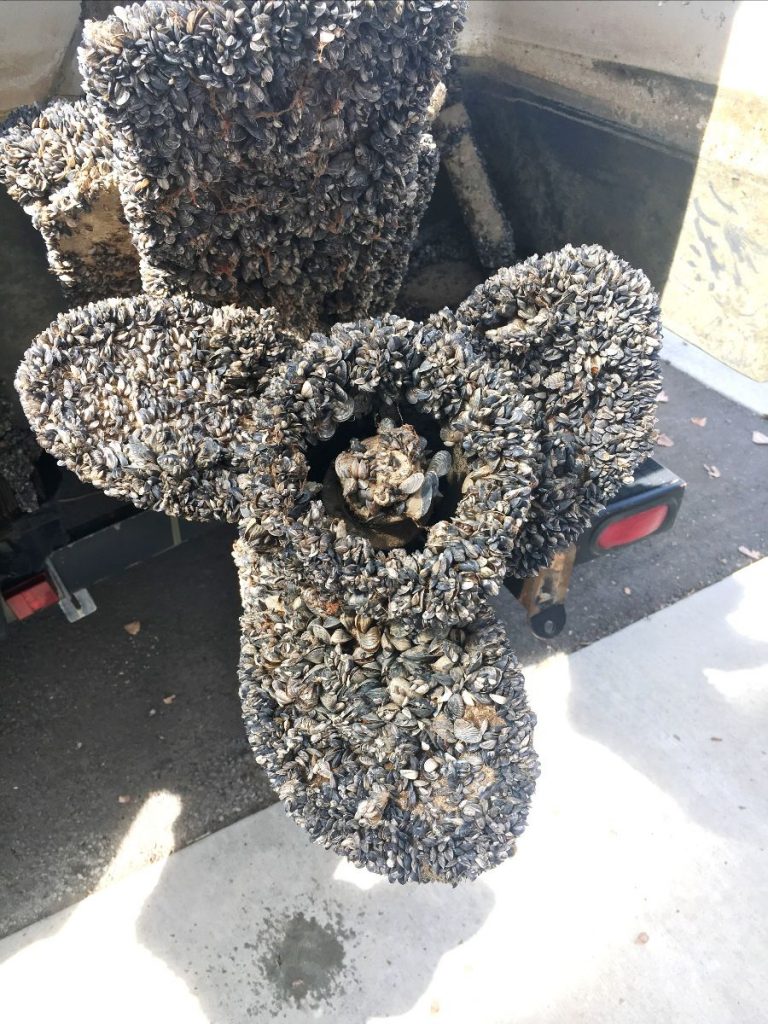Before hitting the track to compete in an officially sanctioned race, some elite Paralympic sprinters must do something most runners would find incredibly unsettling: remove their legs and swap them out with ones that make them shorter.
The unusual mandate results from a recent International Paralympic Committee rule change that lowered the Maximum Allowable Standing Height (MASH) for double, below-the-knee amputees racing in prosthetic legs. The rule, intended to prevent unfair advantages, stems from the long-held assumption that greater height equals greater speed.
But a small, first-of-its kind University of Colorado Boulder study published today in the journal PLOS ONE concludes that isn’t the case.
“We found that height makes no difference when it comes to maximum speed,” said senior author Alena Grabowski, an assistant professor in the Department of Integrative Physiology. “These athletes are having to buy new configurations and go through a lot of hardship and expense for a rule that is not based in science.”
For the study, Grabowski and her co-authors recruited five elite sprinters with double below-the-knee amputations for a series of running trials on a treadmill. The runners sampled three different brands of blades, and five different combinations of stiffness and height within each brand for a total of 15 different tests. In each test, they were asked to start at a jog and push themselves to the maximum speed possible, with some achieving speeds as fast as 10.8 meters per second – about a two minute, 30-second per mile pace.
Meanwhile, the researchers measured how the runners’ biomechanics and pace changed with each blade configuration.
They found the shape of the prostheses undoubtedly made a difference in speed, with runners achieving maximum speeds about 8% faster in “J-shaped” prostheses – think the sleek carbon-fiber blades Oscar Pistorius used in his famous 2012 Olympic sprint – than in “C-shaped” prostheses. But stiffness and height made no difference in runner speed.
“Biomechanically, the idea makes sense: Longer legs equal longer steps, so you would think you should be able to run faster,” said first author Paolo Taboga, an assistant professor of biomechanics at Sacramento State University who worked on the study while a postdoctoral researcher in Grabowski’s Applied Biomechanics Lab. “But we found that while you do take longer steps, you cycle your legs slower so in the end the two even out.”
That reality probably holds true for runners with biological legs, too. “Being taller does not make you faster,” said Grabowski.
The assumption that it does is taking a heavy toll on Paralympic hopefuls.
Since the rule change took effect in January 2018, some athletes have had to spend thousands of dollars on new prostheses and months retraining themselves to run at a shorter height.
Team USA Paralympic sprinter Regas Woods, whose profile states his height as 5’10,” had to lower his standing height inches after the change and expressed his discontent on Twitter: “I’m not 5 foot 4. Thanks for making me more disabled.”
Olympic hopeful Blake Leeper, a double-below-the-knee amputee vying to compete against runners with biological legs in the 2020 Olympics, has also been affected, with the International Association of Athletics Federation (IAAF) prohibiting him from racing in the IAAF World Championships in Qatar last fall due, in part, to the fact that his blades hadn’t been classified under the new standing-height formula.
Some athletes have suffered injuries while trying to adjust to their shorter blades.
The rule could also effectively exclude amputees whose residual limbs are already long from competing at the Paralympic level, noted co-author Owen Beck, now a postdoctoral fellow at Georgia Institute of Technology.
“We would like to see fair and inclusive rules and regulations, which is the beauty of the Paralympic Games,” Beck said.
The authors acknowledge that their sample size of five is small. But so is the pool of double, below-the-knee amputees sprinting at the elite level, so very little research has been done to date.
They see the need to do a larger study.
For now, they hope the International Paralympic Committee will take a look at their research and reconsider the height restriction.
SPREAD THE NEWS
COMMENT, Like, Follow & SHARE @I70Scout
CURRENT EDITION
WEATHER & TRAFFIC PUZZLES RECENT NEWS ADVERTISE WITH US















